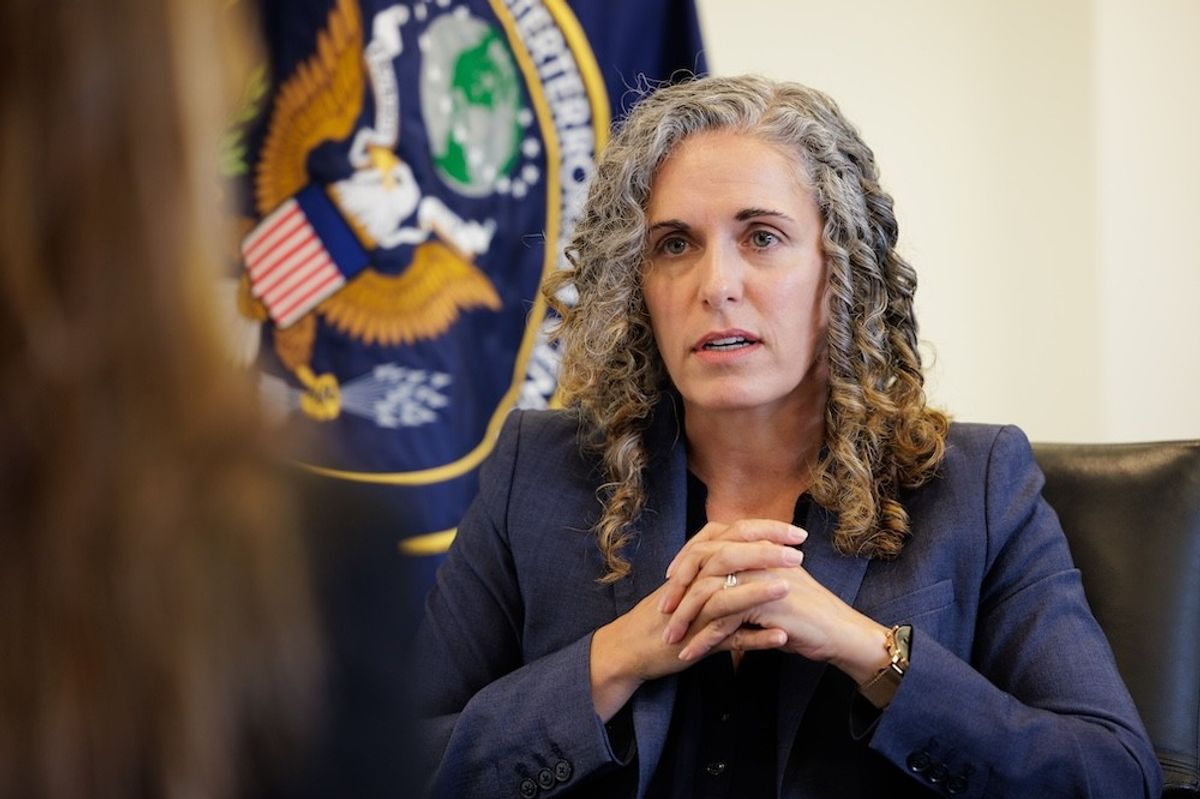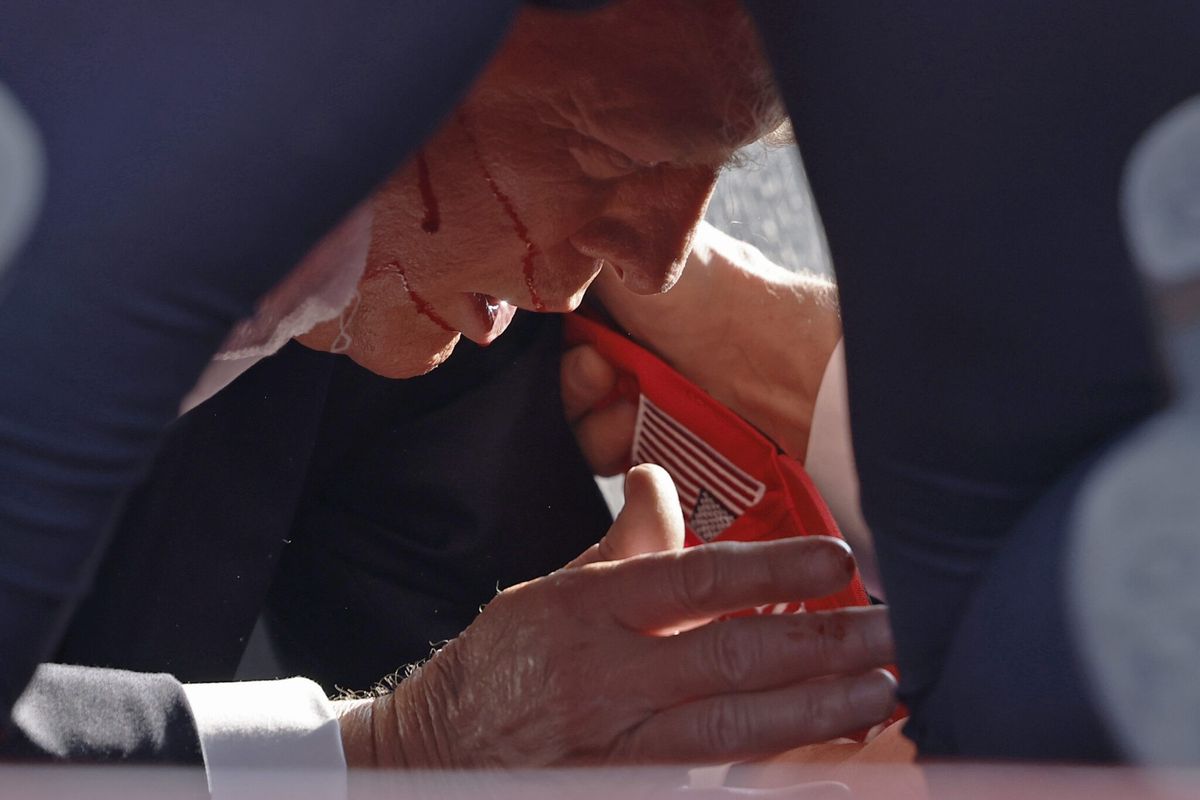Much has been written about the connection between the illegal ivory trade and the Somali al-Qaeda franchise, al-Shabaab. Some experts claim that a substantial amount of al-Shabaab’s funding is derived from the slaughter of East Africa’s elephants, while others say conservationists are hyping up such claims in order to raise funds. Is there some truth to both sides?
Certain patterns in terrorist financing run true across the geopolitical spectrum. Terrorist organizations frequently “hijack” and exploit existing local criminal activities to fund their operations. The way terrorist organizations work is both intangible and transient. Not only is it difficult to combat them, but also to categorically prove the origins of their illegally generated revenue, track their funding, and ascertain how funds are spent. To add to this complexity, the lines between organized criminal and terrorist funding can blur and, in many cases, overlap.
The rationale for criminals to fund their illegal activity with untraceable forms of revenue is precisely that the funds are “untraceable.” The Taliban in Afghanistan uses opium as a popular commodity to fund its terrorist operations. But like all untraceable forms of revenue, these links are almost impossible to prove, as terrorist organizations do not issue invoices or file annual returns. So why is it generally accepted that opium is a funding source for terrorism yet the use of illegal ivory for the same purpose, albeit to a lesser degree, is surrounded by controversy? Categorically documenting the relationship between ivory and terrorism may be difficult, but ignoring the possibilities is also unforgivable.
Illicit activity that occurs in remote, lawless, and ungoverned spaces is nearly impossible to track. Well-meaning reports quoting “trusted sources”—such as the often-cited treatise by the Elephant Action League, which claimed that 40 percent of al-Shabaab’s funding could come from ivory—have inflated the level of proven linkages between the ivory trade and terrorist funding. Such claims have provided easy targets for detractors and diminished the validity of what is in reality a credible threat.
When assessing such a threat, we need to examine its nature and establish a pragmatic burden of proof. However, unlike scientists, who rely on statistical analysis to categorically prove or disprove a theory, or courts of law where hard evidence is required, the study of terrorists must be anticipatory, based on situational analysis and reasonable probability. By the time tangible proof emerges, it is often too late – the atrocity has already been committed.
Illegal wildlife trafficking, including the ivory trade, is no longer purely a conservation issue. It now forms part of an intricately interconnected hybrid threat involving organized crime, poverty, lawlessness, instability, ungoverned spaces, failed states, and terrorism. Demanding categorical proof before we act may not be a luxury we can afford.
For decades, armed criminal gangs from Somalia have been poaching elephants for ivory in Kenya and Tanzania, particularly targeting Kenya’s Tsavo and Meru National Parks. Poaching levels have fluctuated in line with changing international demand and legislation. The poaching gangs have evolved from loose bands of former Somali soldiers returning home after the Ogaden campaign of the Ethiopian–Somali war in the 1970s to organized gangs controlled by wealthy cartels located in Nairobi, Kismayo, and the Southern Juba (Jubbada Hoose) area along the border with Kenya. The Islamic Courts Union (ICU) controlled this area until its defeat by the Somali Transitional Government in 2006. It was from the ashes of this defeat that al-Shabaab was born.
It is widely accepted that the trade in livestock, illegal charcoal, and sugar has been exploited to fund al-Shabaab’s activities, alongside monies received from the diaspora and other international sources. Despite attempts to stop the flow, reports suggest that illegal charcoal is still transiting from Somalia to the Gulf while arms shipments are imported from Yemen and electrical goods from the Middle East are obtained for resale across East Africa.
So why would al-Shabaab ignore trade in a profitable commodity such as ivory when it is constantly looking for new revenue streams to exploit? Smuggling is one of the biggest rackets in Somalia and al-Shabaab are experts in exploitation. Although al-Shabaab may no longer control Kismayo Port, they still govern significant swathes of Somalia. Many within their ranks are also involved with smuggling groups who have long been entrenched in the region and have historically been involved with the illegal ivory trade.
For decades, ivory has been smuggled across areas that al-Shabaab now control along the porous Somali-Kenya border. Realistic situational analysis would suggest we would be naïve to think that al-Shabaab is ignoring the opportunity to exploit this commodity, which is readily available in their own back yard and whose street value has increased by over 1,000 percent since 2008.
So really, the question we should be asking ourselves is not whether we can categorically prove that al-Shabaab is involved in the illegal ivory trade but—given the risks to human life, ecological integrity, and regional stability—are we absolutely certain that we are doing enough to deny ivory as a potential source of untraceable revenue for organized criminal and terrorist organizations?













